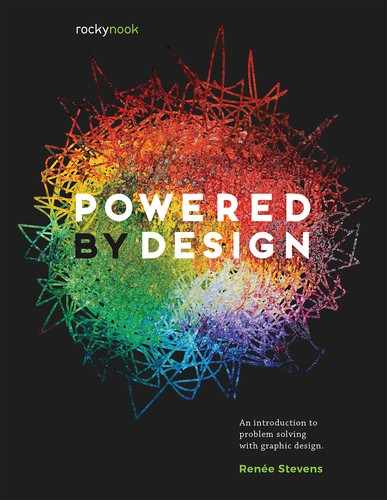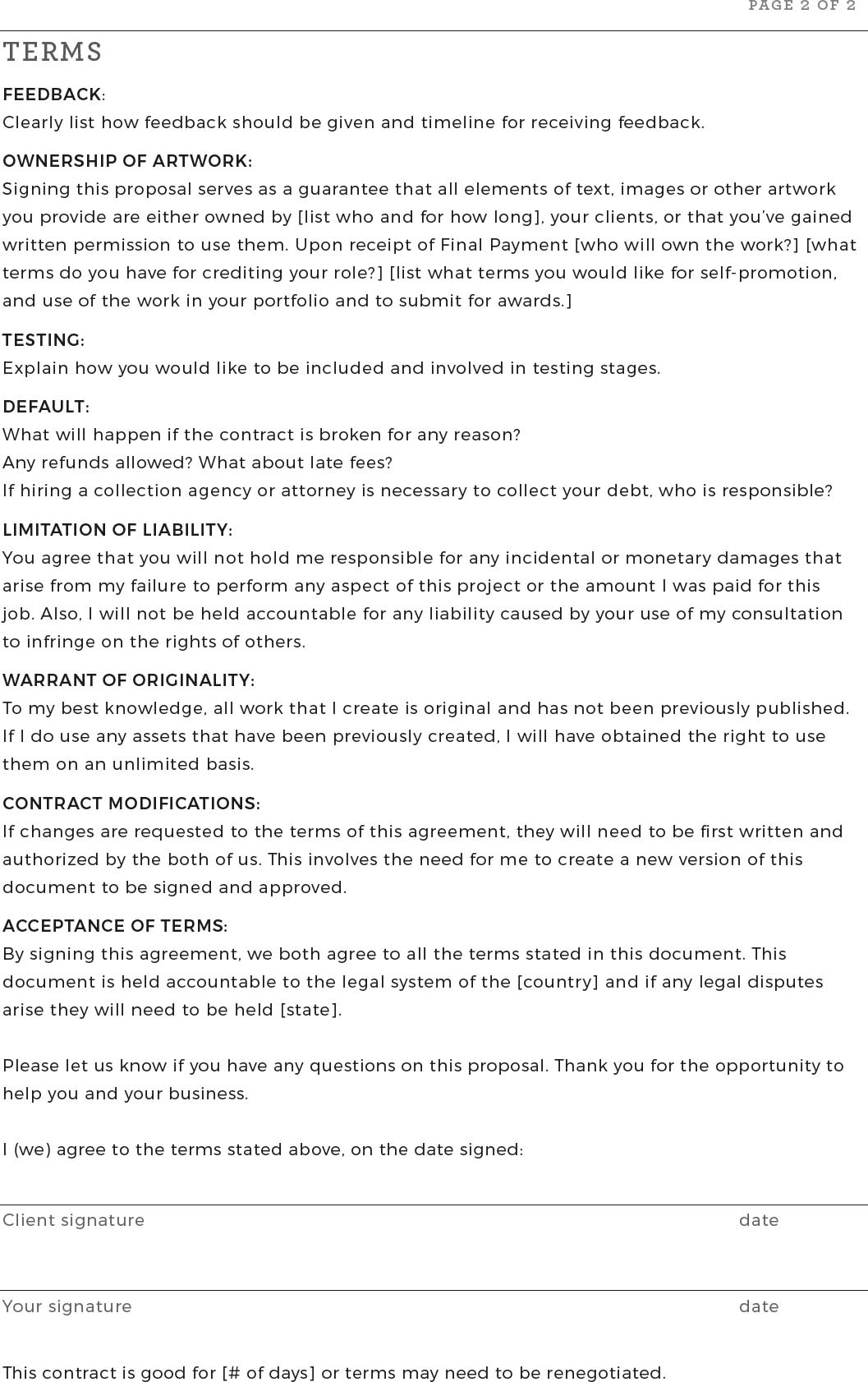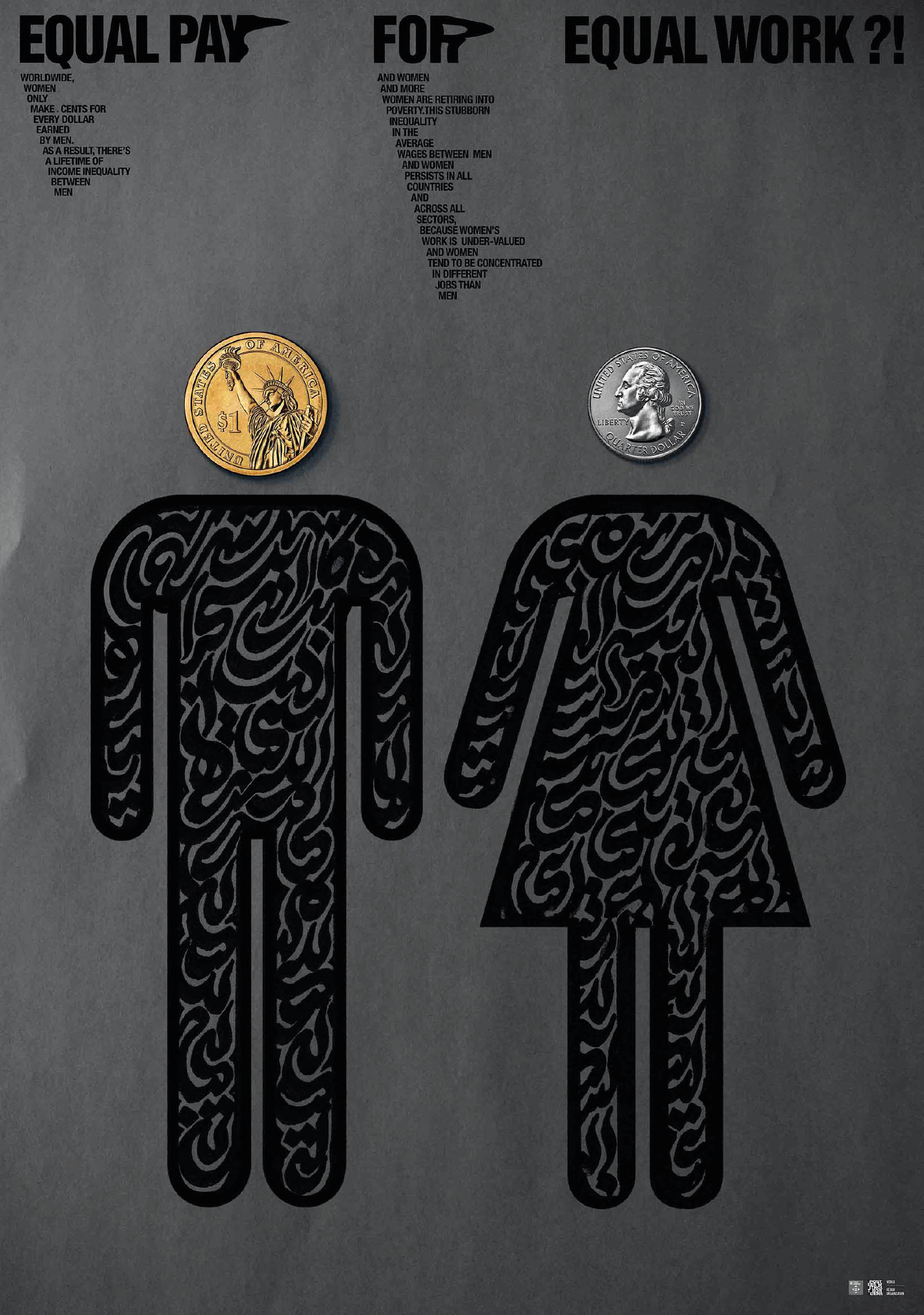12
Make A Living.
Yes, you should even charge your mother.
To make a living as a designer, you need to understand the service you provide. A designer may tell their client that they create deliverables such as a logo, brand system, advertisement, website design, etc. However, if you are working with someone who isn’t a designer, then they may not understand or see the true value in that. They may be looking to increase their sales, and may not initially understand how a website redesign can help with that. As a result of this disconnect, designers are often left to explain and rationalize their worth.
What if you switch perspectives and focus instead on the problems that designers solve? Designers provide the outcomes people are looking for in their businesses, organizations, and campaigns. We help people find information on their site faster. We help people view their organization as trustworthy so more people donate to their cause. Yes, the hard deliverables may be a logo or a website, but when you change the narrative to be more business-focused, people can see how design can aid in solving their business problems. “When you pitch your design services to a business owner, you’re not just competing against other designers; you’re competing against everything that the business owner could be spending money on—staff, marketing, stock, warehousing, and most importantly, doing nothing,” says Patrick O’Connell, owner of ProfitableDesigner.com. If the customer’s goals don’t align with the deliverables that designers may advertise with, then they won’t see the value. When you focus on the business solutions that design can provide, then the value of your work grows exponentially.

SCRIPTED STUDIO. DESIGNER & STORE OWNER: Carrie O’ Neal, PHOTOGRAPHY: www.terricallaphotography.com
The work that designers create takes skill that requires time and experience to grow and improve. As such, you should be compensated for those skills. By this point, you likely can start to understand how many considerations designers make and the processes they go through in order to create a solution for a problem. Just as in any other field, designers should be compensated for their work. This may seem like common sense, but I often hear emerging designers offering to do work for free, often in order to add more work to their portfolios. While I am all for growing your skill base through constantly working on real-world projects, you should still get paid.
SCRIPTED STUDIO. DESIGNERS: Carrie O’Neal & Todd O’Neal, PHOTOGRAPHY: www.terricallaphotography.com
Custom copper piping fixture display inside this designer owned stationery and gift shop in Hamilton, Ohio.
It is common to have friends and family ask you to do work for them. But if they were a surgeon, would they perform surgery for free? So, yes, I charge even my own mother for design work. That said, I do have a soul, and there are often opportunities where designers can offer design help to a good cause and really show the power of designing for good. This is something I am very passionate about and do regularly. But there has to be a balance. If you choose design as your career, then it becomes your source of income. And that means sometimes you have to send an invoice to your mother.
Your responsibilities.
When you are working with a client, the most important thing you should do is write a contract. You want to ensure that you have an agreement in writing with the terms, signed by both you and the client. This makes sure that everything is clear to all those involved, and it helps protect you in the event that the project doesn’t go as planned. I offer you these suggestions from a designer’s perspective. It is always recommended that you seek professional legal counsel on your individual cases.
SAMPLE CONTRACT TEMPLATE. CREATOR: Renée Stevens This template can be downloaded at: reneestevens.design/contract
Writing out the terms and details of your agreement is an important habit whether you are working as an independent freelancer, in-house at a corporation or business, or at a design studio or agency. Contracts are an important communication tool to utilize.
It is also a designer’s responsibility to know how to use photography in their work. By this I don’t mean how to balance it in a layout, but rather understanding image licensing. You cannot just use any image you can find online in a design; this is stealing. In order to use any imagery other than your own original work, you must have proper permission. There are different types of permission:
Public Domain: This means an image is no longer restricted under copyright. Photographs made by the US government, for example, are provided within this free-to-use license. This includes image collections from NASA, Library of Congress, and the Smithsonian.
Creative Commons: There are six different Creative Commons licenses that can be found at https://creativecommons.org. Creative Commons grants permission for use but needs to properly follow the instructions for each license type. Each includes an attribution to the image creator and then varies from there based off commercial or non-commercial use and image modification.
Royalty-Free License: Most common license for stock photography. This means that for a one-time price, the image can be used in the contexts as listed in your purchase agreement. You may see a Royalty-free Extended License which is needed if you plan on selling a product or service that includes the image you are licensing.
Editorial Use License: Images cannot be used for advertising or other commercial uses. This license does permit them to be used in news publications and websites. They often depict a topic or subject.
Rights-managed License: A one-time use license for a copyrighted image as specifically detailed in the license. To use the image for any other uses requires an additional license.
While we are on the topic of licenses, fonts also require proper permission to be used. The most commonly used font licenses are desktop and webfont. As their names imply, their usage permission corresponds with where you will be using the font. Desktop licenses typically include a limited number of computers that they can be installed on. Restrictions may apply for certain fonts to be used in logos and branding, so be sure to read the agreement. Webfont licenses permit users to embed them into the website so the fonts can be correctly displayed in a browser. There may be a limit to the number of page views per month in the agreement.
Reversing the perspective, when you design something, you can then apply for copyright registration to protect your work. The copyright sign added next to your work signifies that you can protect it and can sue for improper use of that work. You can’t assume that just because you created the work, that you can copyright it. Depending on who you created the work for, the ownership can vary. When you agree to your employment terms, you may be agreeing to a company’s copyright terms as well. This may limit what work you can put in your portfolio or share online. Be sure to read the fine print.

TRISPACE TYPE SPECIMEN. TYPE DESIGNER: Tyler Finck, STUDIO: Etcetera Type Company An open sourced font.
Per hour or per project?
The first time you decide to charge someone for a design project, the process may seem daunting. How much do you charge? If you ask for too much, the client may find someone else; if you don’t ask for enough, they may think you don’t have enough experience. It may be good for you to charge per hour to start out, until you have more experience and understanding of your process and the kind of work you do. Charging by the hour may also help you more easily determine the scope section of your project estimate and help explain your cost estimate.
However, I recommend that you move away from an hourly rate as soon as you are comfortable doing so, and begin to charge for each project as a whole. As you gain more experience in graphic design and get more comfortable with your own process and the tools you use, you will become more efficient with your time. If you were to follow the per-hour model, then as you gained experience and efficiency in your work, you’d be creating better work in less time, which would result in making less money. That doesn’t make sense. Remember, when you are charging for a project, the client is hiring you for all the experience and knowledge you bring to the current project based on all the previous work you have done. As Ilana Griffo says in her book, Mind Your Business, “The beauty of being a small business owner is that you get to establish your own value. Charge fairly and appropriately for each client and project, while educating your clients about your industry and your unique talent.”
Once you figure out your hourly rate or project cost, remember to include any additional costs and fees, such as printing, supplies, mileage, and licensing required. You also have to pay your business, covering taxes and retirement funds. All of this needs to be included in your total cost. It is important to remember that only about 40% of the total cost to the client is used to pay you for your work and time. Charge appropriately.
EQUAL PAY FOR EQUAL WORK?! DESIGNER & CALLIGRAPHER: Mehdi Saeedi, CLIENT: Posters Without Borders 27.5"x39"
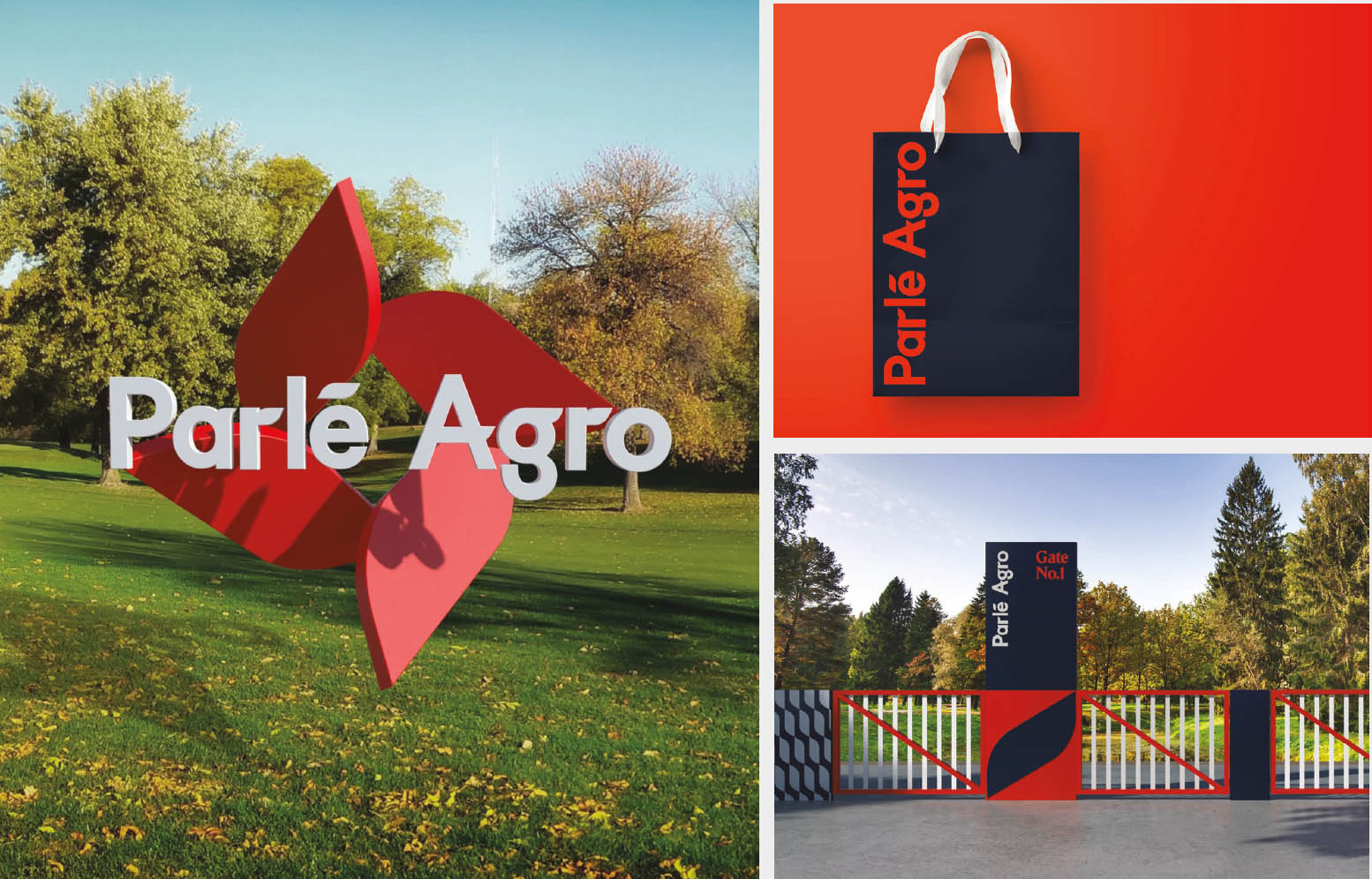
PARLÉ AGRO BRANDING SYSTEM DESIGNERS: Sagmeister & Walsh Parlé Agro has been a pioneer, creating bold and innovative products and iconic brands since 1985. Headquartered in Mumbai, Parlé Agro is India’s largest beverage company. The team developed a custom logo font for Parlé Agro inspired by the shape of fruit leaves and beverage droplets.
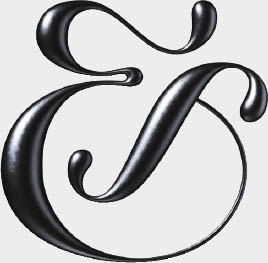
&Walshwww.andwalsh.com
We are a creative agency based in New York specializing in brand strategy, art direction, design, and production across all platforms.
SUPERPOWER
At &Walsh, we believe every brand has something weird/different/unique about them, and that’s their most valuable asset. “Finding your weird” does not mean all our brands turn out bizarre or strange. Sure, we’ve created some brands with pooping rainbow unicorns and flying alien dogs with spider legs, but that was for brands who wanted to appear bizarre or irreverent. That tonality is not right for every brand, and we do not force our own personality or styles onto the brands we work with. We help each brand discover who they are and develop our work around that—from the tone of voice to the design details to the final execution.
“Every brand has something weird/different/unique about them, and that’s their most valuable asset.”
PROCESS
We typically start with the strategy phase, where we use strategic research and thinking combined with the client’s asks to create a brief for the team. I love the strategy phase of a project and translating that into a creative direction that stems directly from the strategy. Once we brief the team, the designers send through their designs and concepts that answer the brief. Everyone from senior designers to design interns submit their work, and we choose the directions we are moving forward with from there. At this stage, we add in copywriting and larger campaign ideas. For our first presentation, we typically show one to three directions. Once a direction is chosen, we have a dedicated team complete the branding for the final stages.
ADVICE
My parents taught me my values: to work my ass off, respect people, always be on time and meet deadlines, do whatever is needed to get the job done well, and never to feel entitled to absolutely anything. I found these values helped me tremendously in my career. I’ll caveat that by saying success in life comes in all forms, and career advancement doesn’t have to be a goal for everyone. If you put in the time and hard work early on, it will pay off creatively and financially in the long term. In the beginning of your career, you’re less likely to have financial burdens that come later in life such as mortgages or children. This is a time many people can take risks and focus on building a strong portfolio and developing their personal style. Don’t just take the highest-paying job; take the most creative job when possible/feasible. There is privilege involved with being able to take these financial risks and I’m well aware it’s not possible for everyone, but that’s an entire conversation of its own. For those who can, seek out the top creative studios/designers you admire and try to work for them at all costs. Even if it’s not a job, try to get an internship. Working for top talent at a great studio or agency or a very talented individual designer can be the best learning experience and education you will receive. Building a strong portfolio will pay off in the long term, far more than the extra money you’ll get at a non-creative job where you’re not learning and growing your portfolio. If you wind up at a job where you’re not creating interesting work, create side projects or passion projects if you can. This is the best way to prove your skills to potential new employers or freelance clients.
ZÖÖBA BRANDING SYSTEM DESIGNERS: Sagmeister & Walsh Zööba is an Egyptian street food restaurant based in Cairo. Their food is a modern twist on traditional classics. With the opening of their first store in NYC, they worked with the team for a new brand identity. First the designers went to Cairo and were inspired by the beauty of the layered visuals seen on the streets: the hand-painted typography on foul carts, geometric-patterned tables, mix-and-match colored tiles, posters, and painted illustrations on walls. They worked with a Cairo-based calligraphy artist to paint the Arabic type for the branding.
ADVICE FOR FEMALE-IDENTIFYING DESIGNERS WHO WANT TO START THEIR OWN COMPANY ONE DAY?
Fake it till you make it. How I interpreted this early on in my career was that if someone asked me to do something I didn’t know how to do, and I wanted to do it, I’d just say yes and then figure it out later. It’s really not that difficult to accomplish any task if you use common sense, persistence, and know how to be resourceful. This is now my #1 piece of advice that I give others when just starting out. Google things, read up, research, create your own opportunities.
Running a creative business of our size is incredibly hard work, and I’ve come up against my fair share of challenges. Don’t grow too fast. Don’t try to do it all. Hiring the right people is one of the most important skills you can have.
“Create your own opportunities.”
